Neural Reset Therapy is a relatively new form of manual therapy and with any new therapy there are questions. It is only right that when someone is offering a new treatment, therapy or ‘cure’ you ask where it came from and how it works. Treatments, however new, should not be disguised as ‘magic’. There should be an ability to explain what we are doing and why we are doing it.
What is Neural Reset Therapy – Where did it come from?
Neural Reset Therapy, or NRT, was developed by Lawrence Woods, by expanding on the principles discovered by 2 scientists Sherrington and Pflüger, from the late 1800s and early 1900s.
By using his knowledge on the biology of how muscles respond to stimuli along with The Law of Reciprocal Inhibition discovered by Sherrington and The Law of Symmetry by Pflüger, Lawrence has, over many years, developed the practice of Neural Reset Therapy to give pain relief and improved range of movement.
That’s the science bit…
So what does Neural Reset Therapy look like?
The knowledge of these principles allows us to work without pressing directly onto an affected area whilst still providing pain relief and improving muscle tone.
This is very desirable in areas where there is a lot of pain or a heavily reduced range of motion, making the treatment session a more pleasant experience and meaning NRT can be a real alternative pain relief technique.
It means we can reset a sore muscle using the opposite side of the body!! This makes Neural reset Therapy different to so many other therapies. If you think about all the ‘normal’ treatments and therapies that involve pressing or massaging into the affected area, injections, needles, heavy stretches and scary manipulations…. how refreshing to have a new treatment that involves none of that!

How Does Neural Reset Therapy Work?
Within the muscles there are specialist areas of nerves named mechanoreceptors, they are responsible for responding to and relaying signals about the different forces or stimuli they are subjected to.
At this time there are 6 named types of mechanoreceptors that respond to triggers such as stretching, pressure and vibration.
The responses of these mechanoreceptors form the basis of NRT. Using these principles to briefly introduce the various stimuli to these receptors results in a signal being sent to the brain; this new message then helps reset the nervous system and improve the tone of the muscle. It triggers a new ‘conversation’ between the muscles and the brain.
Following the reset muscular pain and tightness start to resolve, muscle tonus improves and movement can be restored.
Hopefully, this has helped answer the question of ‘What is Neural Reset therapy?’
What can Neural Reset Therapy help with?
You can see improvements in range of motion, pain levels and muscle tone in most areas where muscle pain is either a cause or contributing factor. For example, your back pain may have shown a disc issue on MRI however there may be a muscular component to your pain and restriction, meaning NRT has the potential to help take that pain down a few levels.
- Headaches
- Migraines
- Neck Pain
- Back Pain
- Shoulder Pain and Limited Mobility
- Hip Pain
- Pelvis Pain
- Knee Pain
- Elbow Pain inc. Golf Elbow and Tennis Elbow
- Wrist Pain inc. Carpal Tunnel
- Tight Calves from running and sports
- Ankle Pain
- Foot Pain inc. Plantar Fasciitis
How long the relief can last and how many sessions you need is very variable as it depends on the other factors in the body such as age, lifestyle and other health conditions e.g. osteoarthritis (OA)
Have a look at these two articles showing the success of using NRT in back pain and plantar fasciitis
For what an NRT session looks like have a look at the second part of this blog “What happens in a Neural Reset Therapy Session?“
For answers to other questions about NRT have a look at the FAQ page

Intrigued? Get In Touch to see how Neural Reset Therapy or Rossiter Stretching could help you

